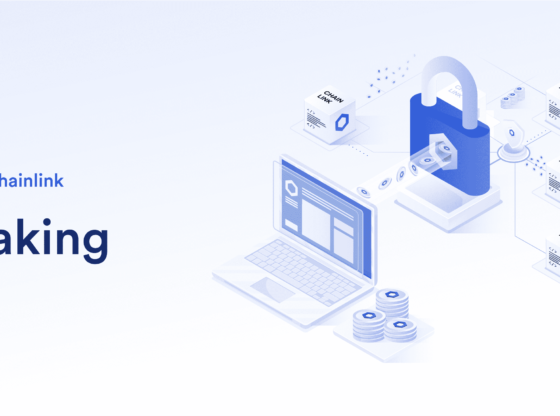Chainlink staking: A short guide
Chainlink (LINK) is a cryptocurrency platform and protocol that connects offline data to the blockchain, allowing smart contracts to use external data sources. Chainlink Staking is the process of participating in the Chainlink network and blockchain by depositing and locking your LINK tokens. For a comprehensive guide please visit https://globalcryptoexpert.com/university/chainlink-staking/
Here is some information about Chainlink staking:
- Purpose of participation: The purpose is to keep the network secure and efficient. The more LINK tokens you deposit and stack, the more you contribute to network security and support Oracle transactions (oracle nodes provide external data for smart contracts).
- Risks and Cautions: As with any type of staking, Chainlink staking also comes with risks. These can include loss of accessibility to your tokens for a given period, loss of token value due to market volatility, and the possibility of losing some or all of your rewards if the network encounters problems or protocol changes.
- Mandatory or Voluntary Participation: Participation in staking is voluntary, which means that you are free to decide whether you want to deposit and stake your LINK tokens or prefer to use them for other purposes.
- Staking Platforms: Some various platforms and services offer Chainlink staking options. Some of them include the official Chainlink wallet, third-party staking platforms, or decentralized exchanges with staking functionality. When choosing a staking platform, it is important to consider its reputation, security, and rewards terms.
- Development and Future of Chainlink staking: Chainlink continues to be developed and improved, and future updates may make changes to the staking process. It is important to follow Chainlink news and updates to stay up-to-date on the latest changes and opportunities in staking.
Chainlink staking is an investment and comes with certain risks. Before participating in Chainlink, you should do your own research, assess your risk tolerance and seek advice from financial experts if necessary.

